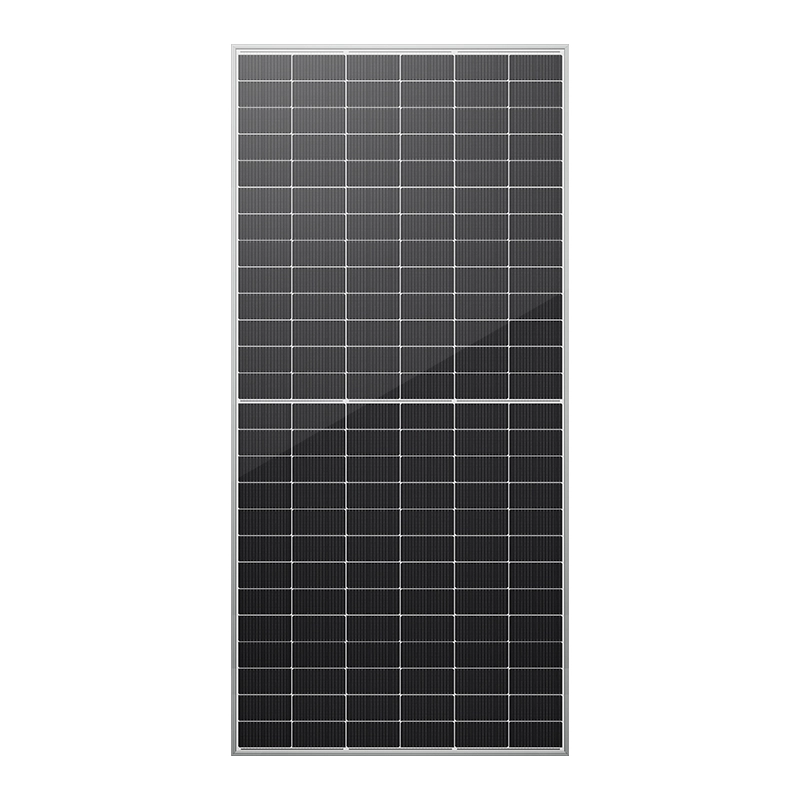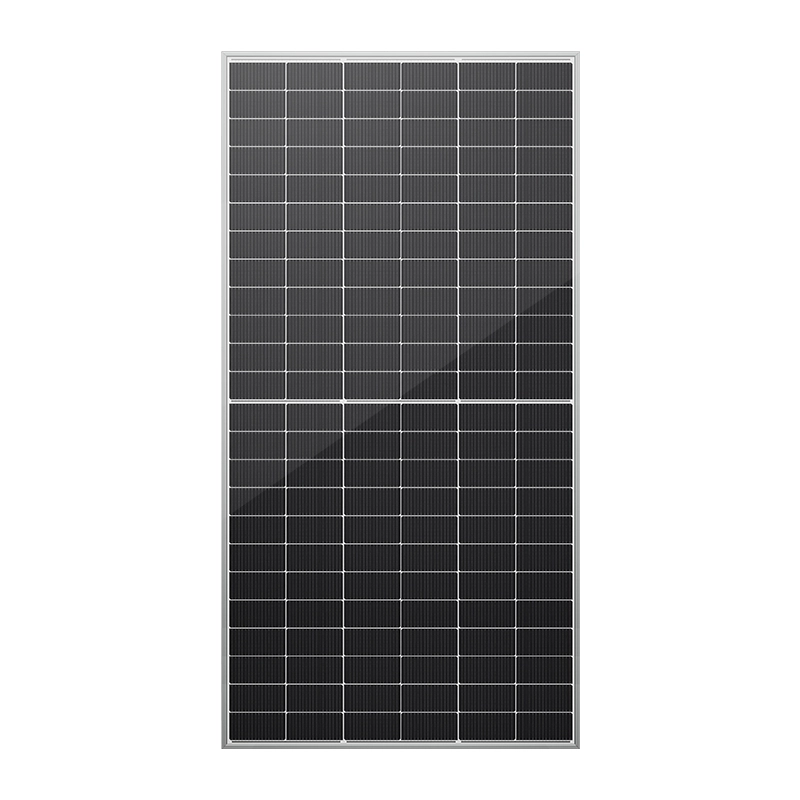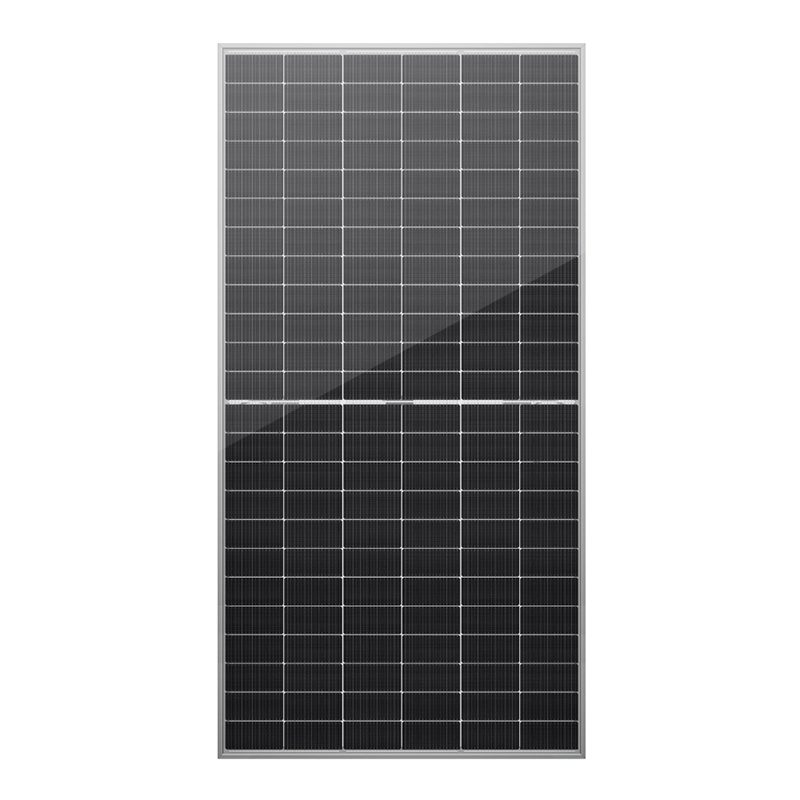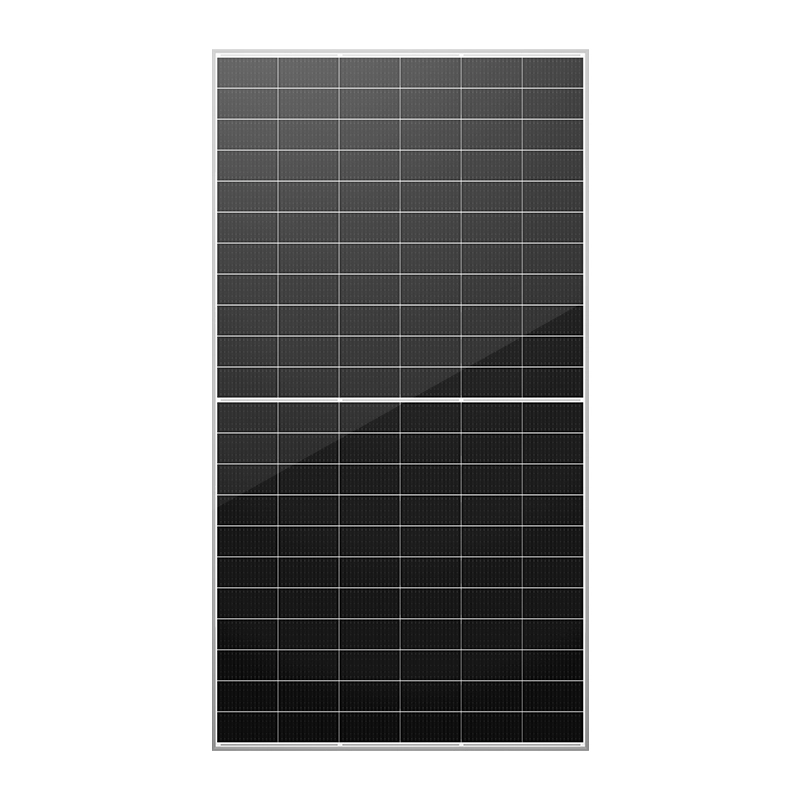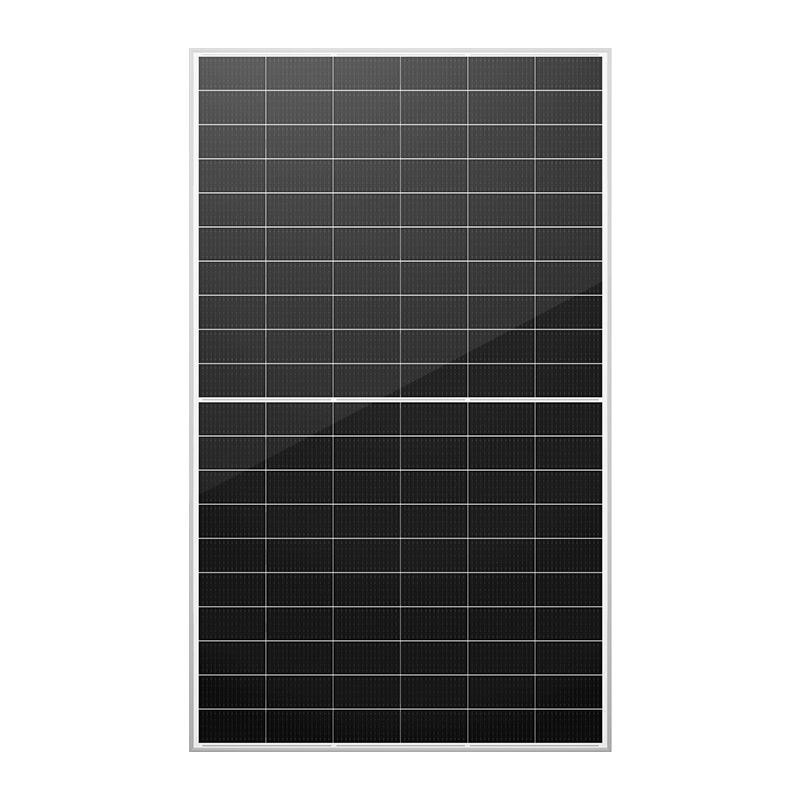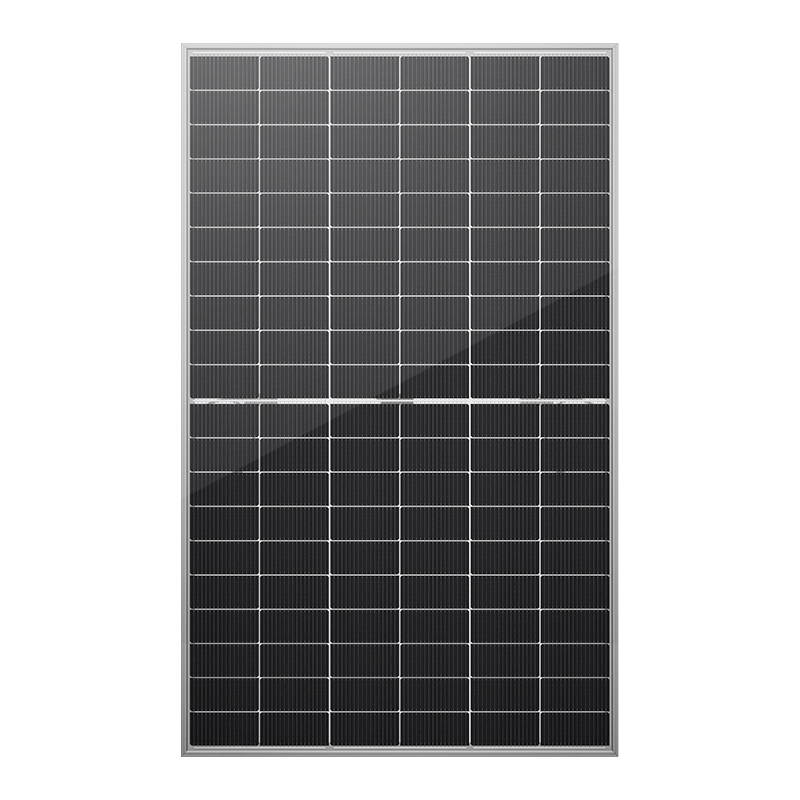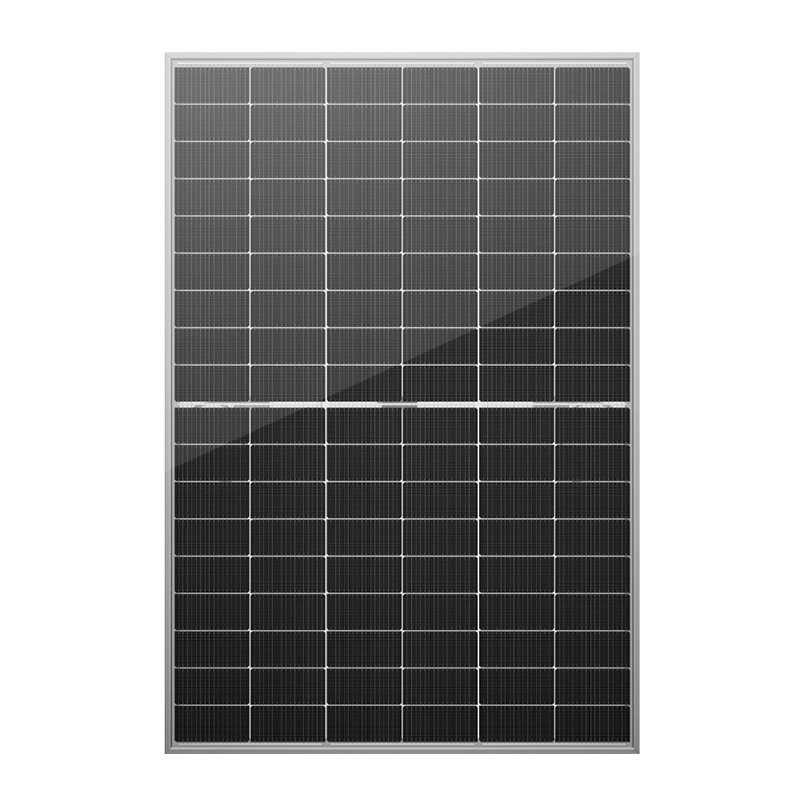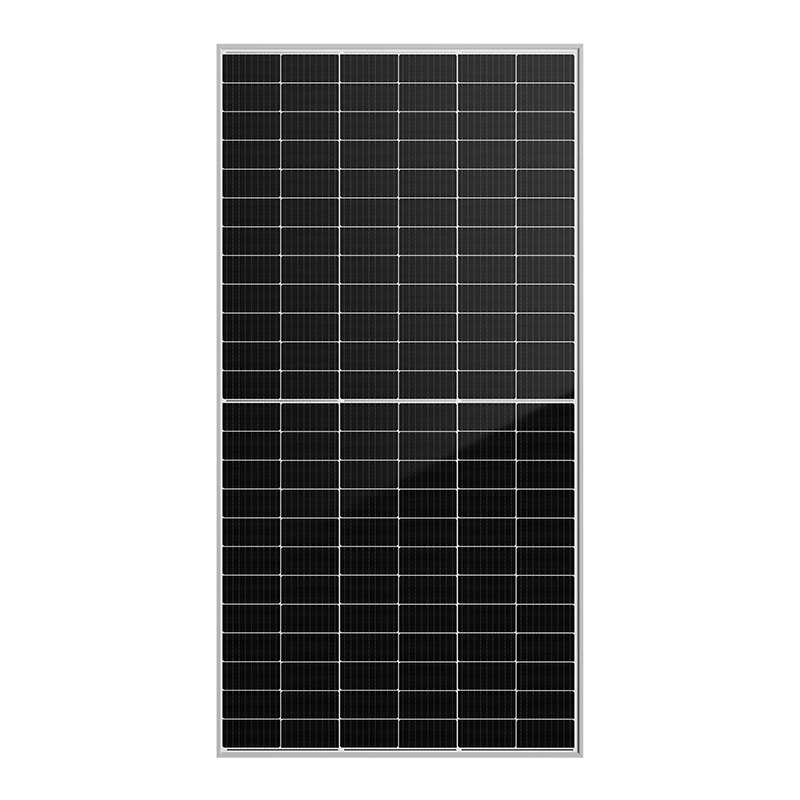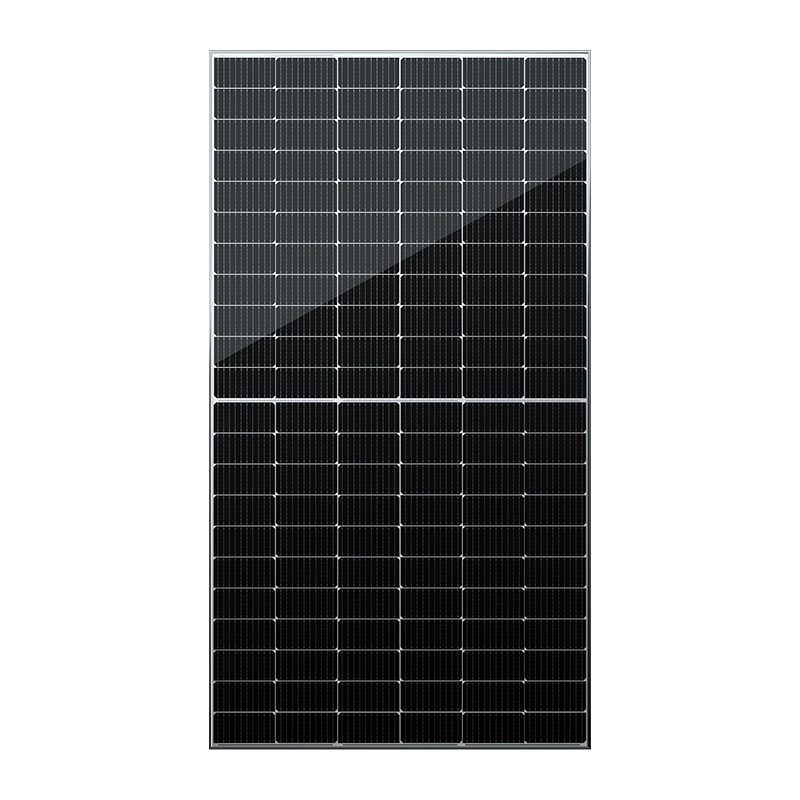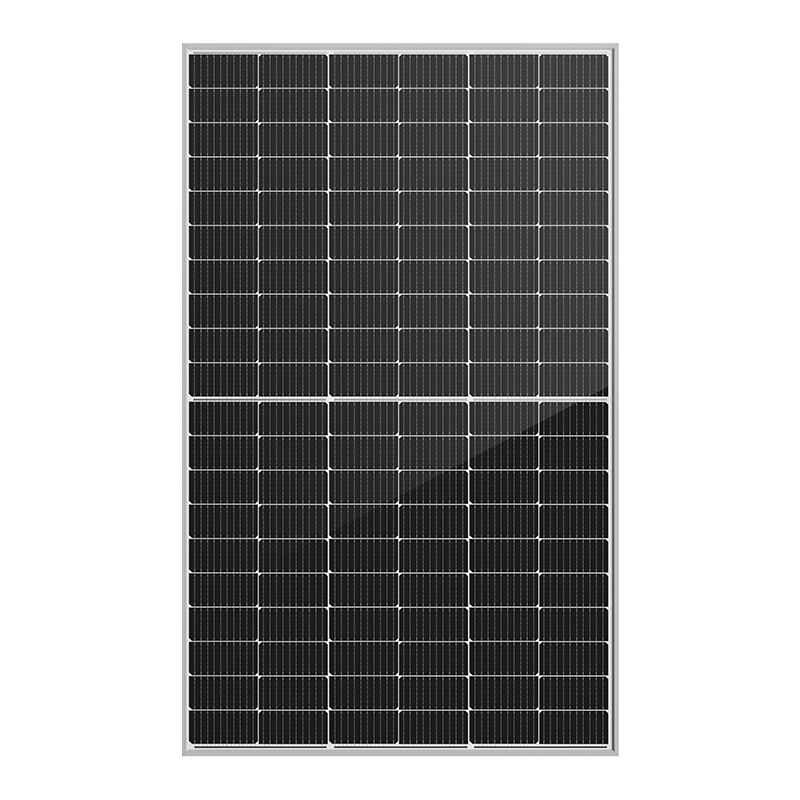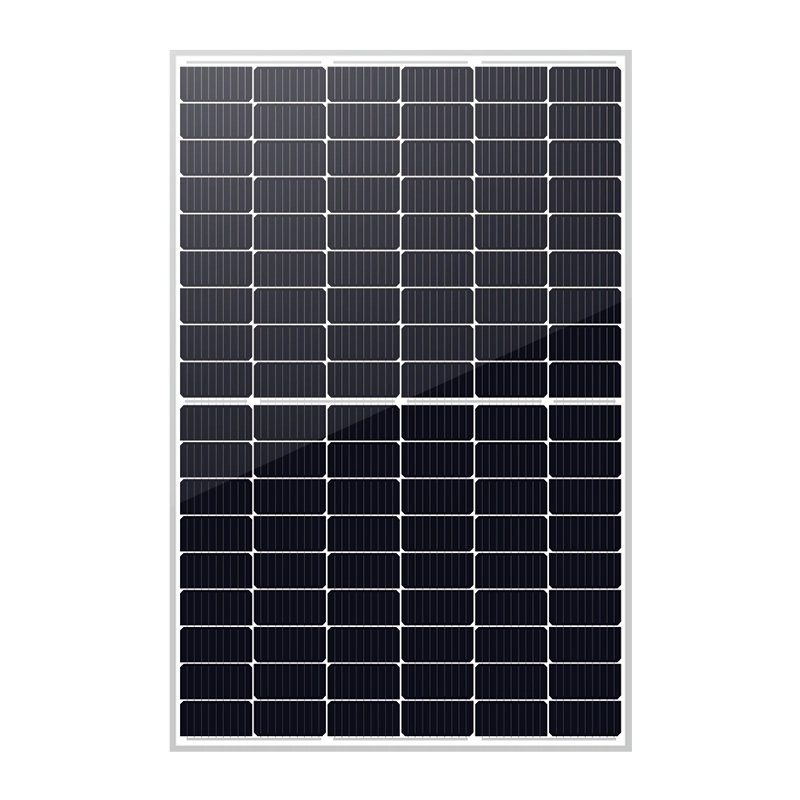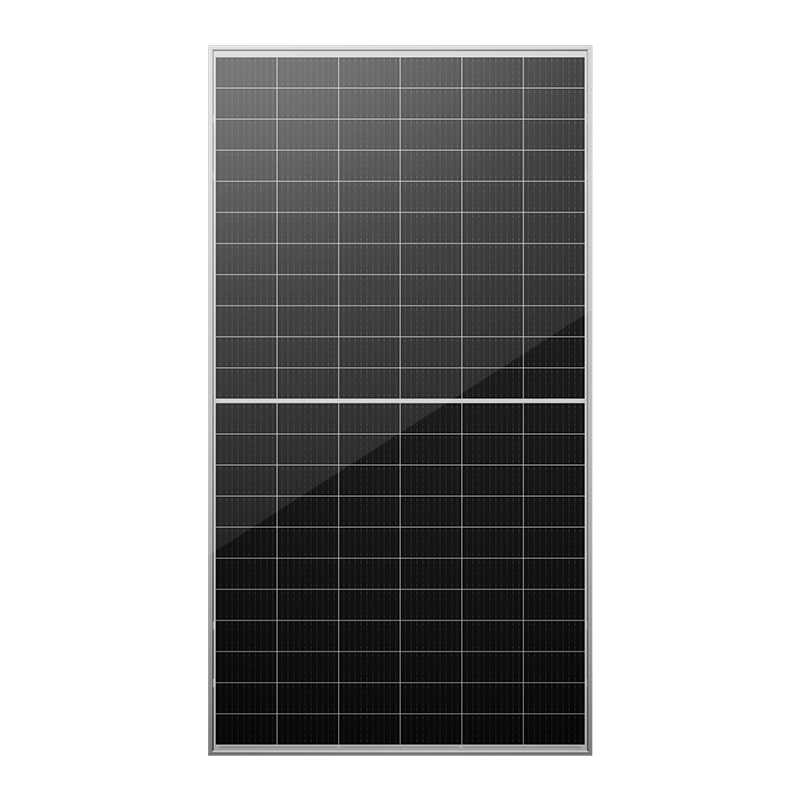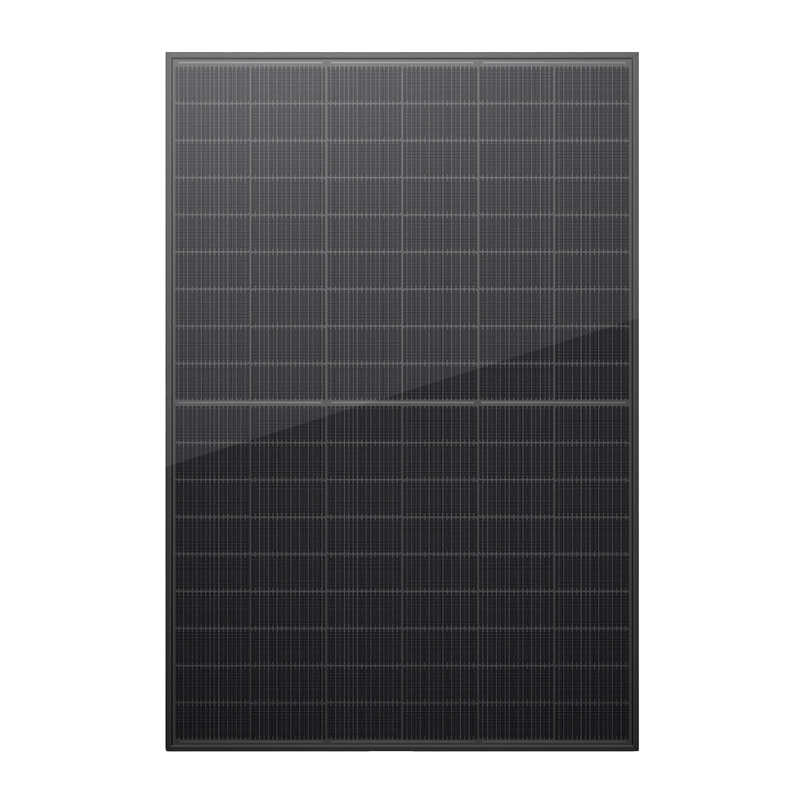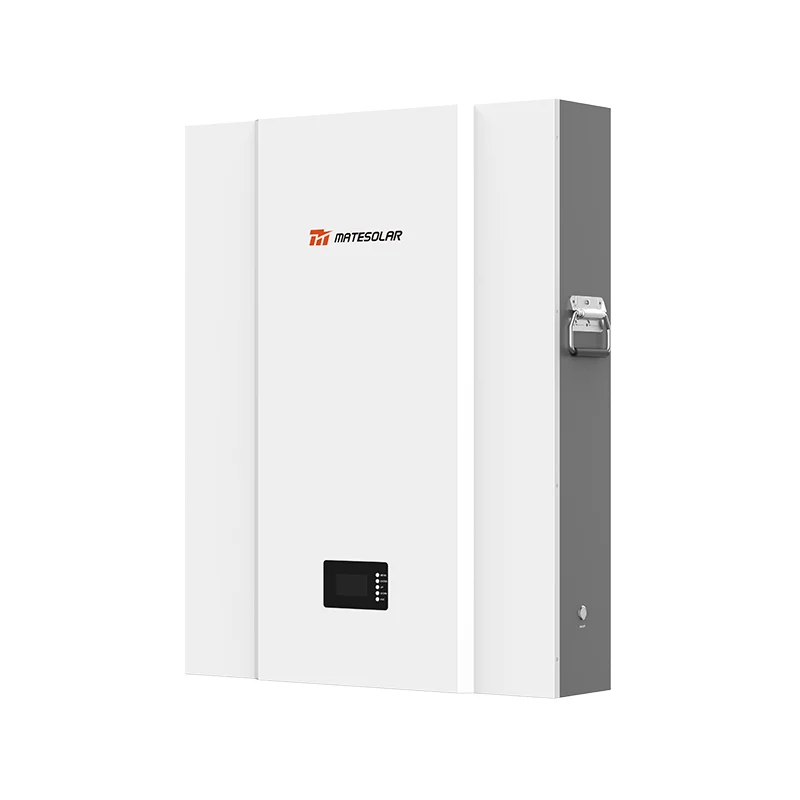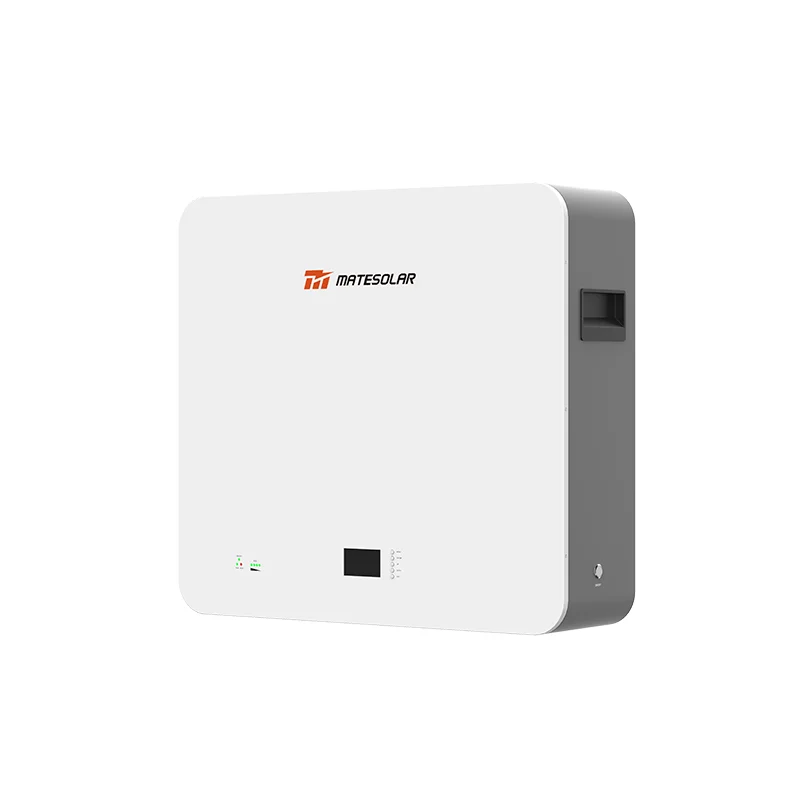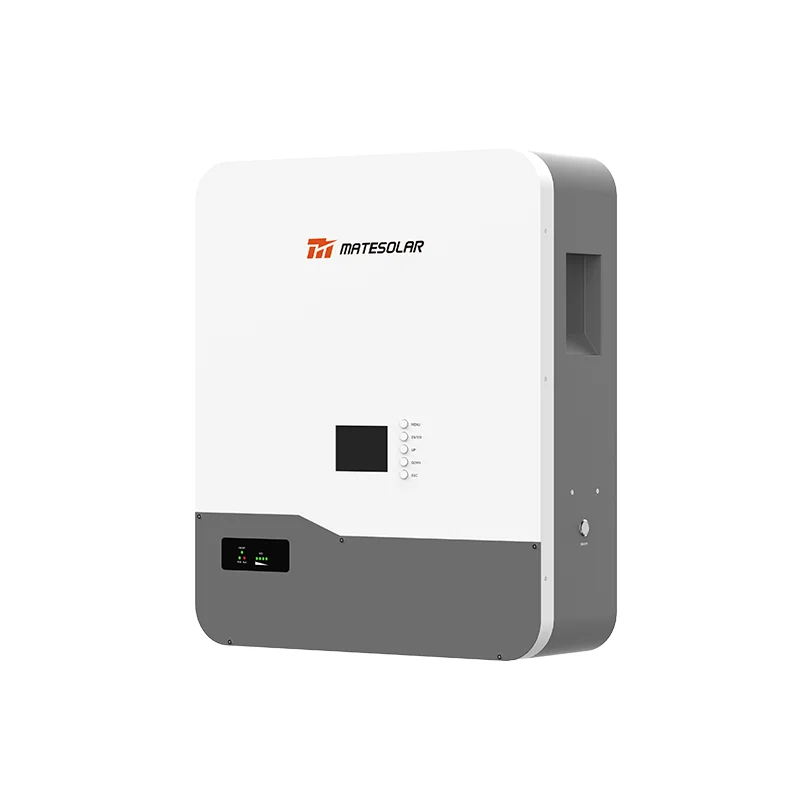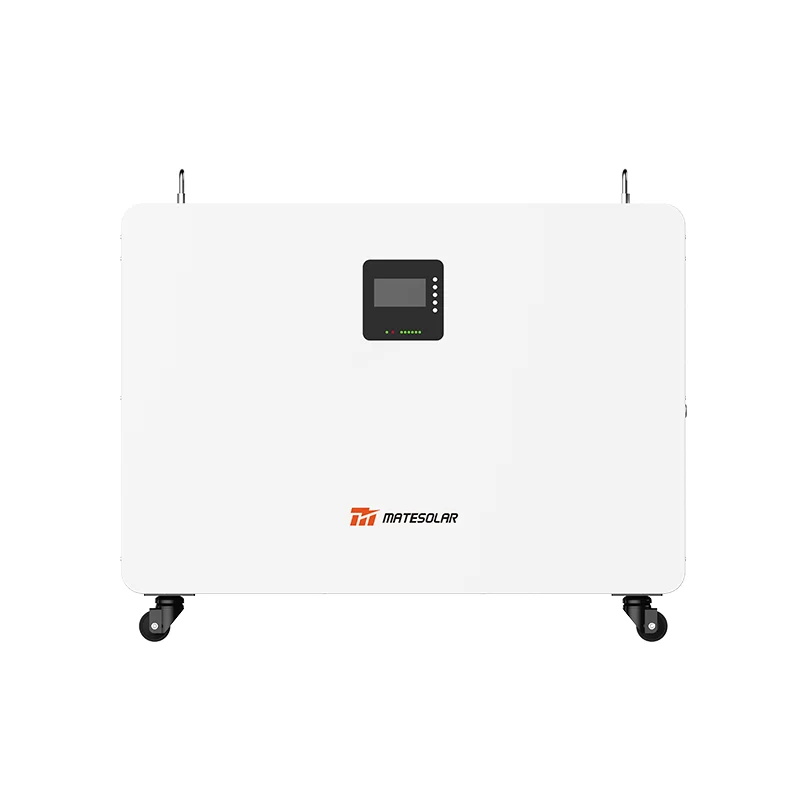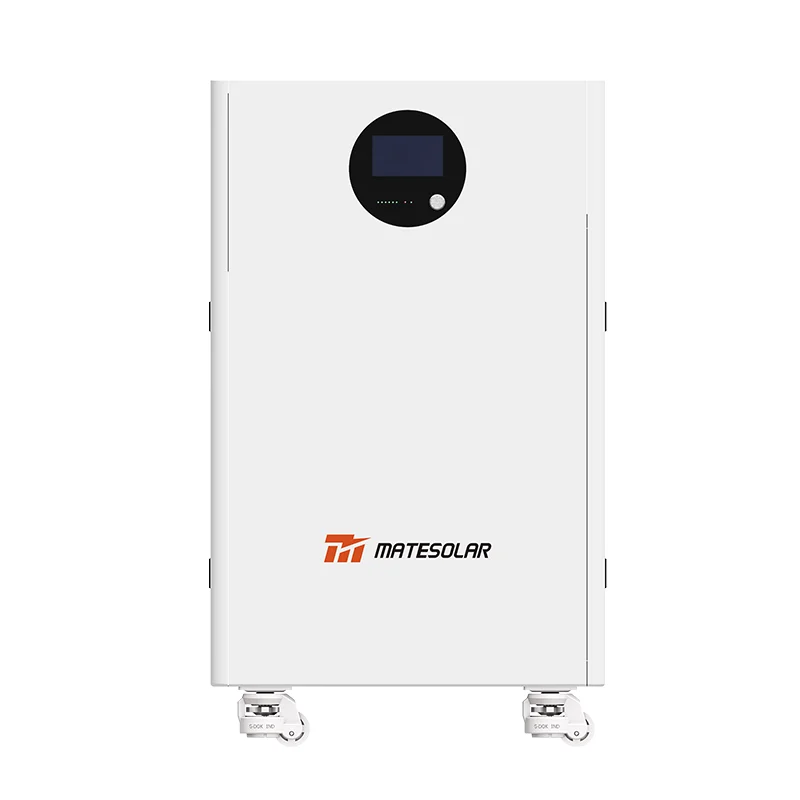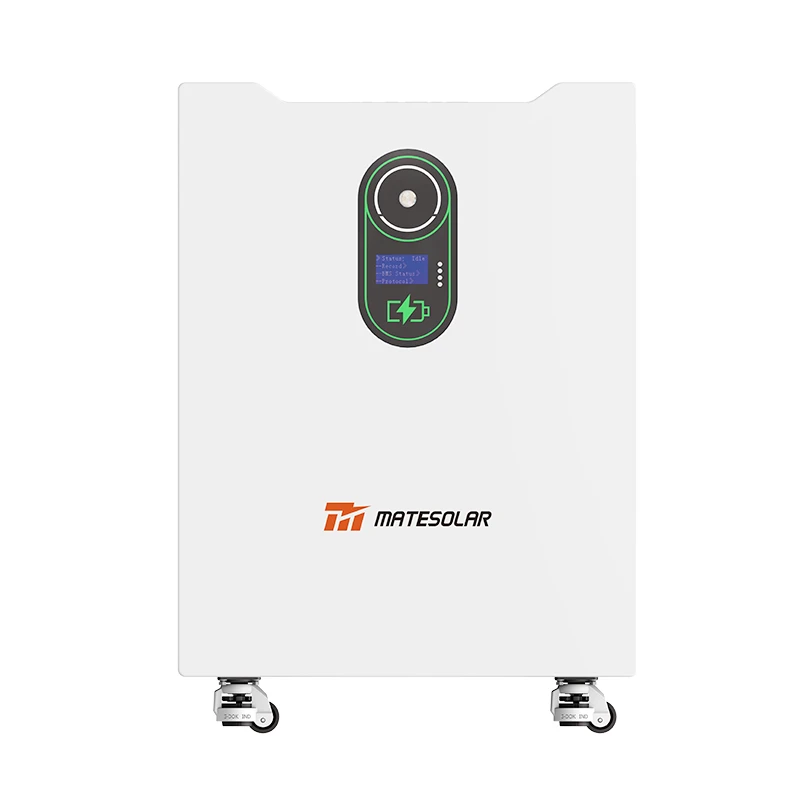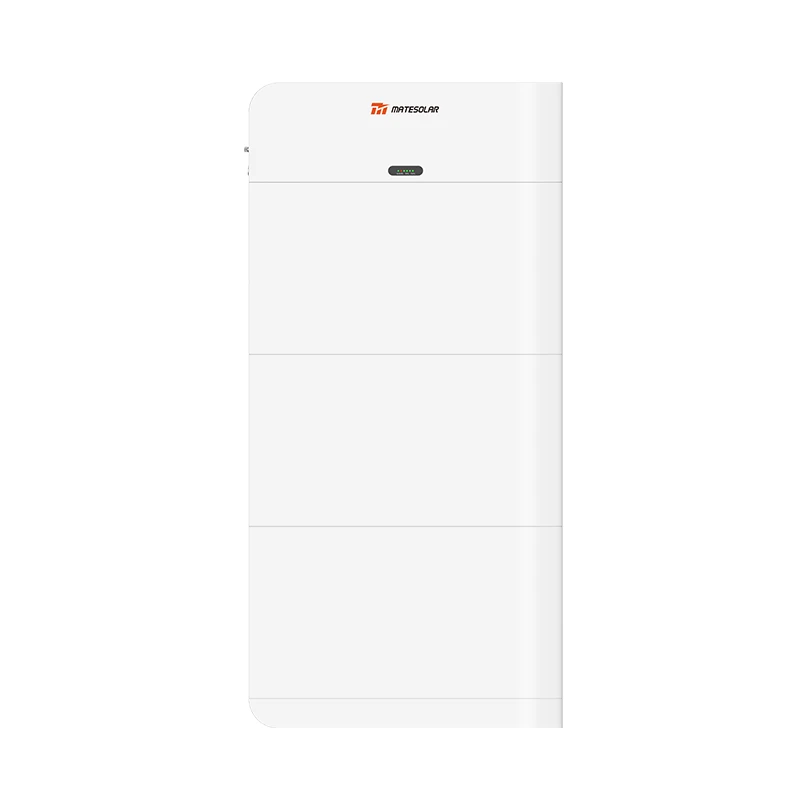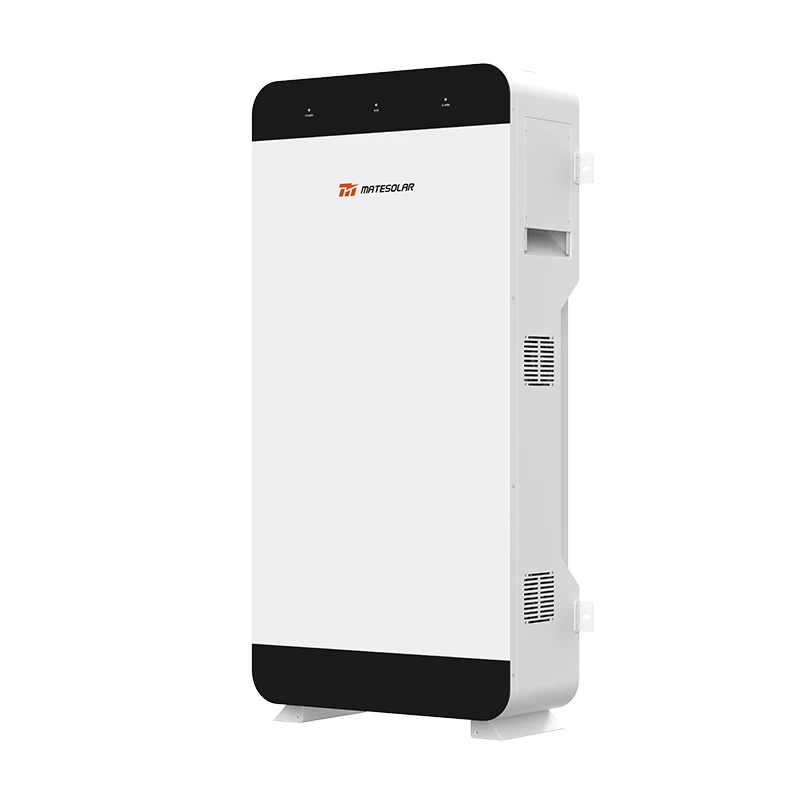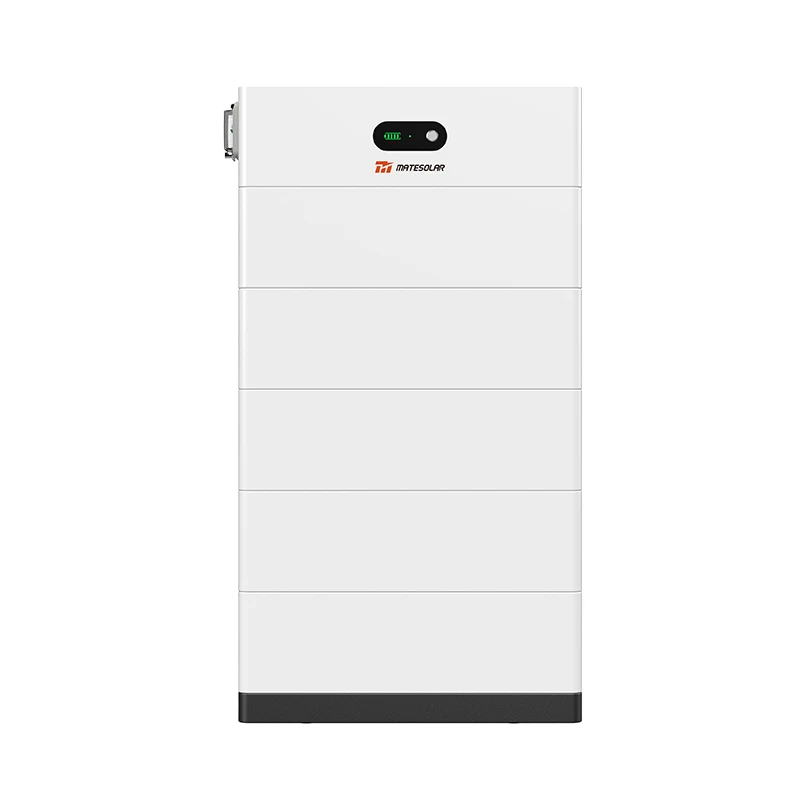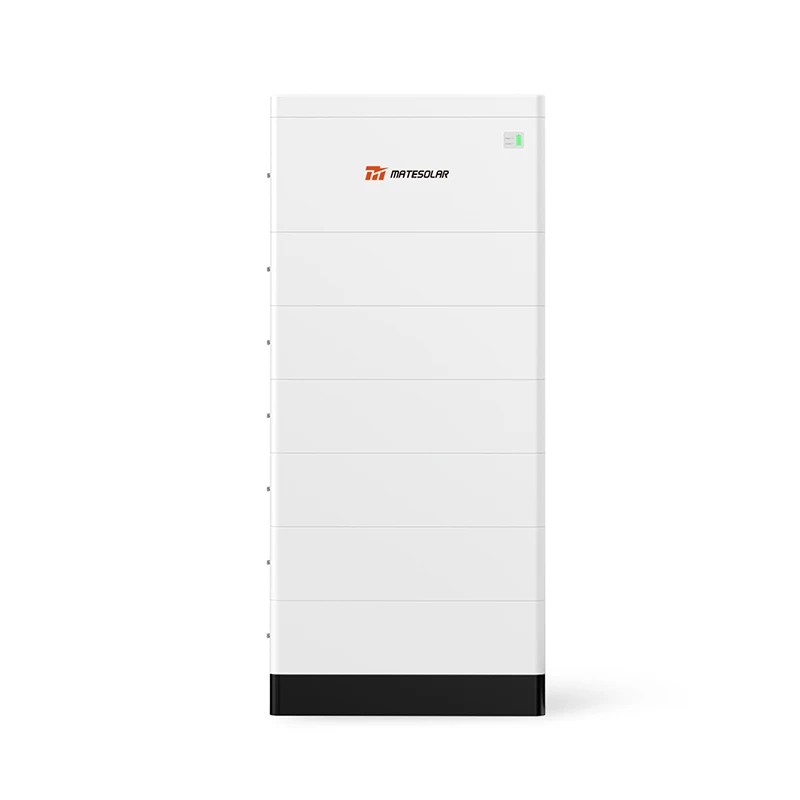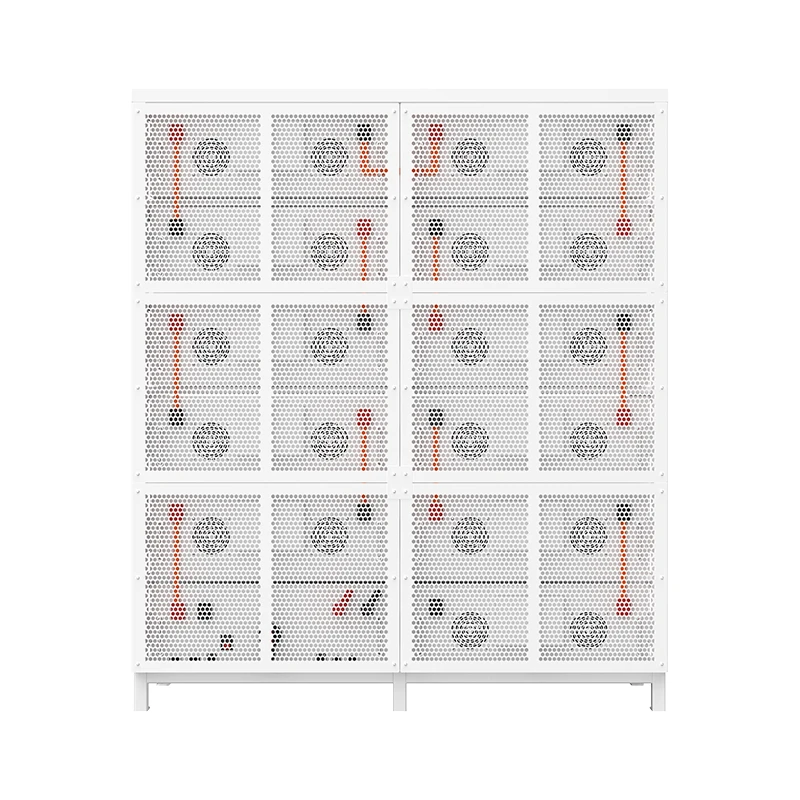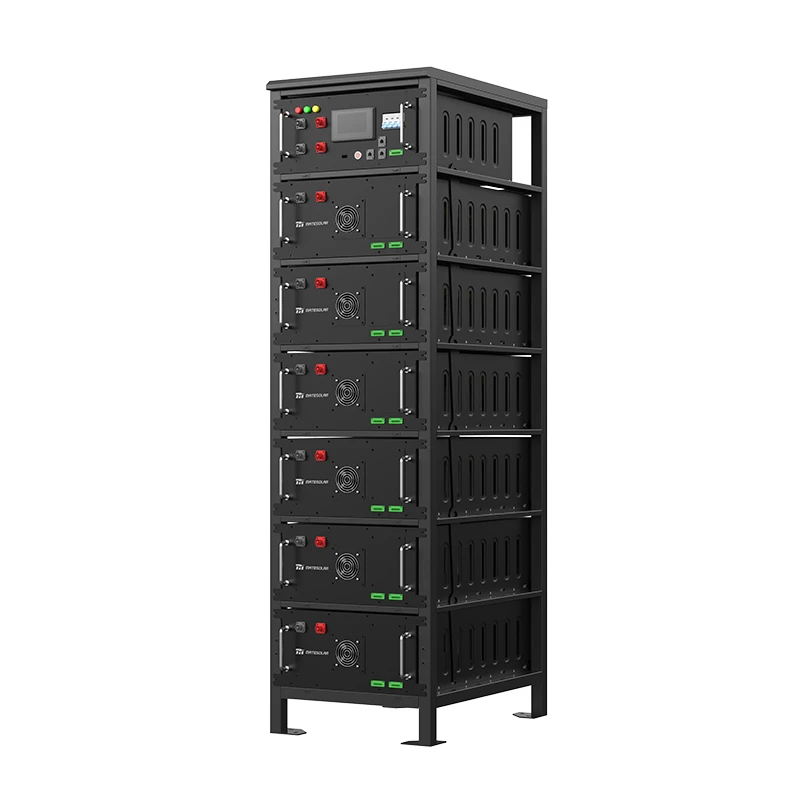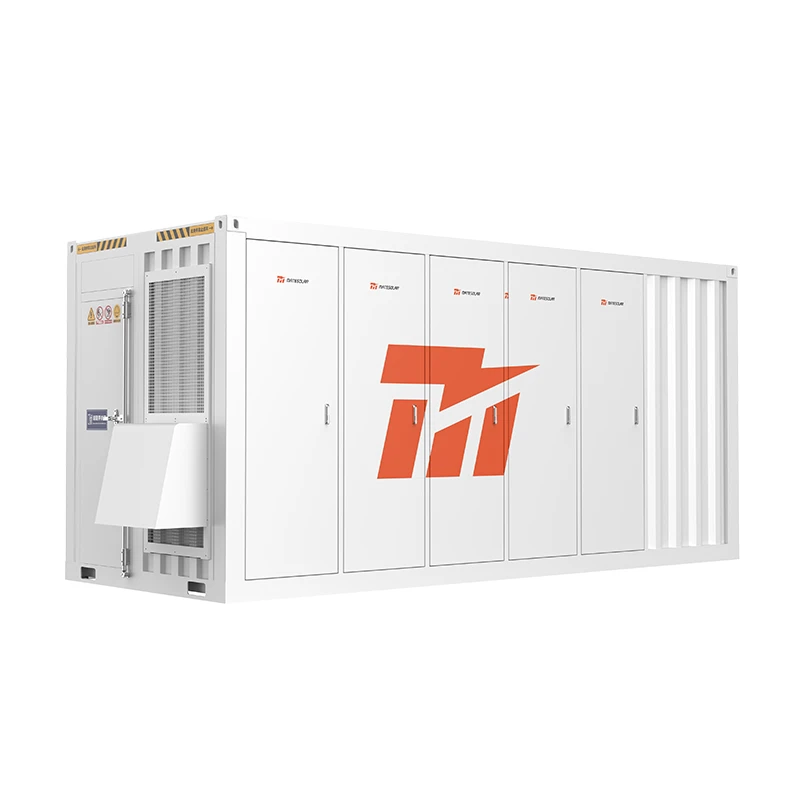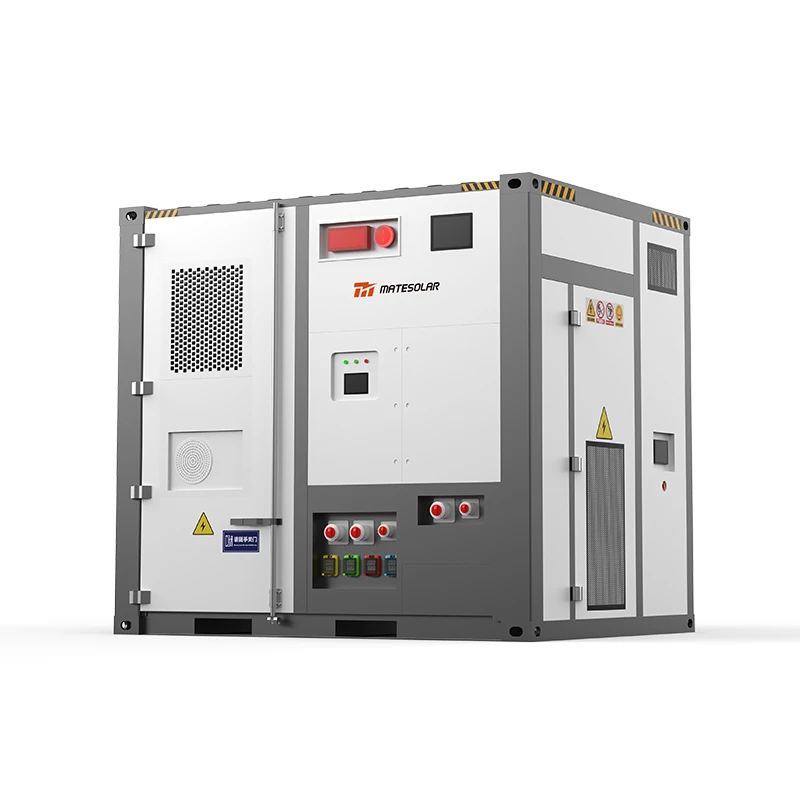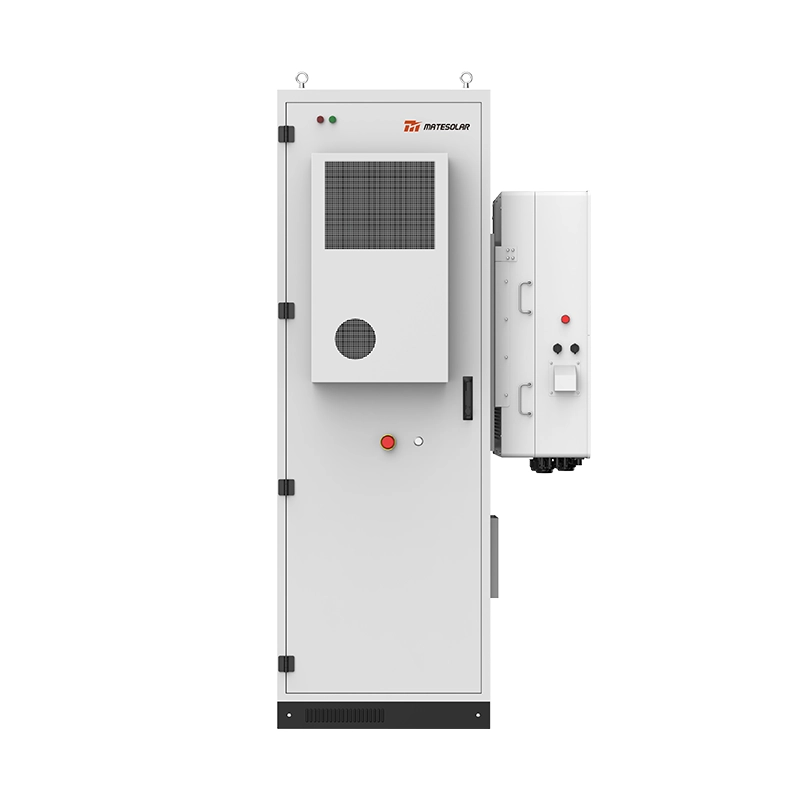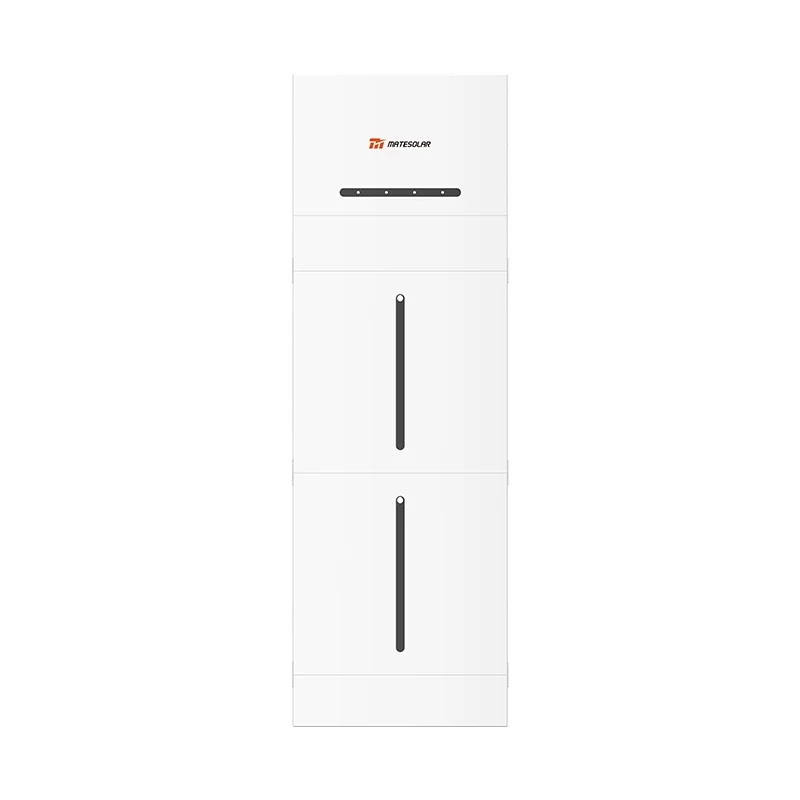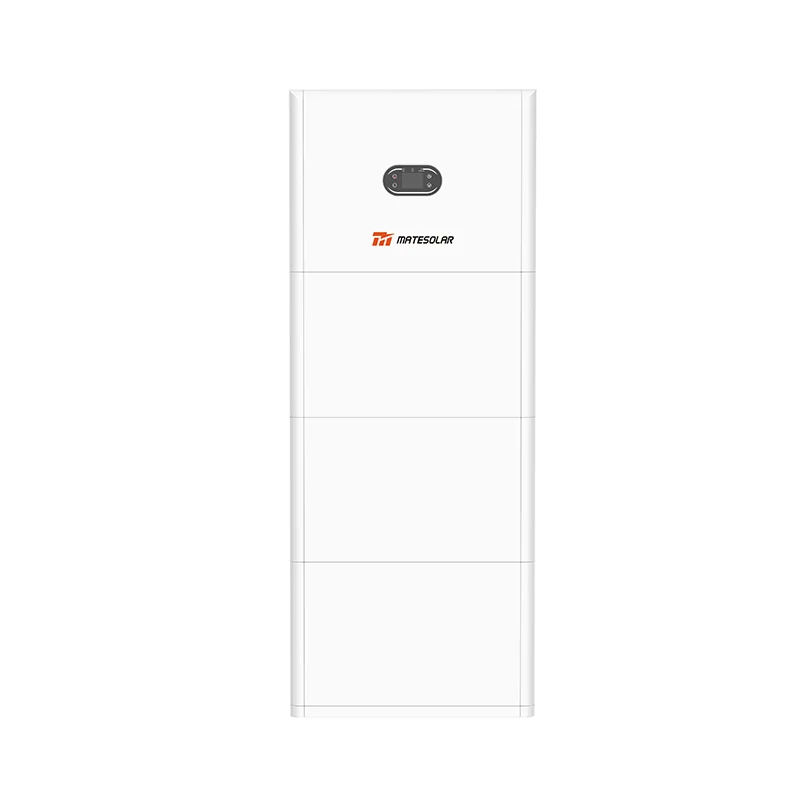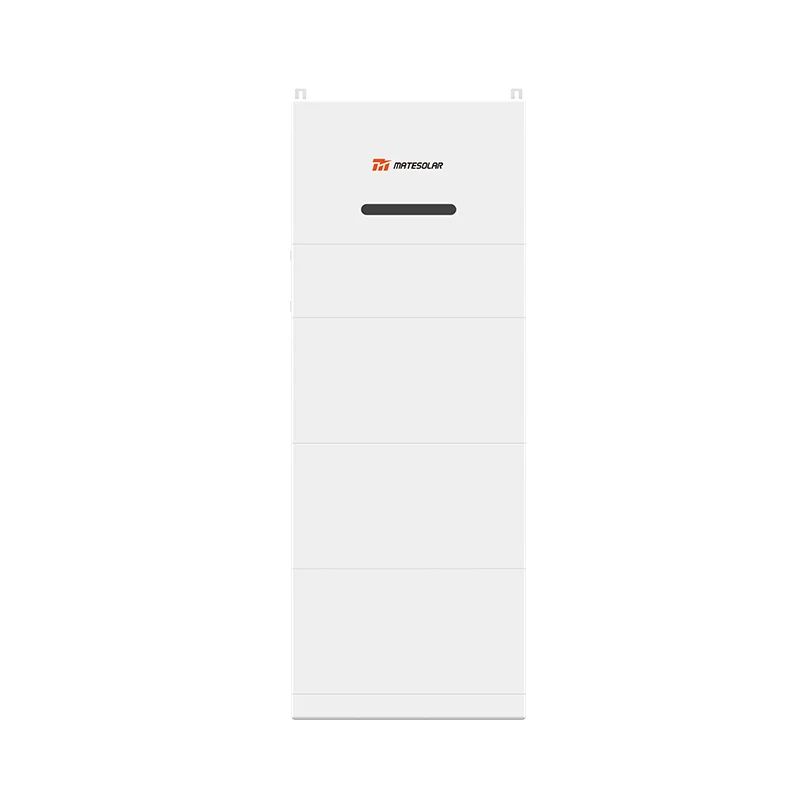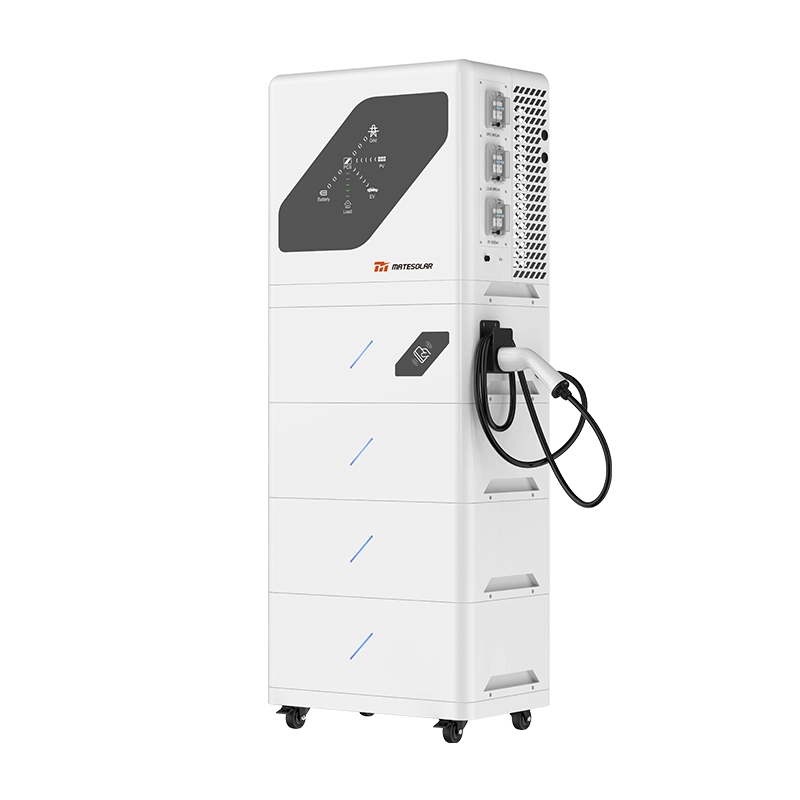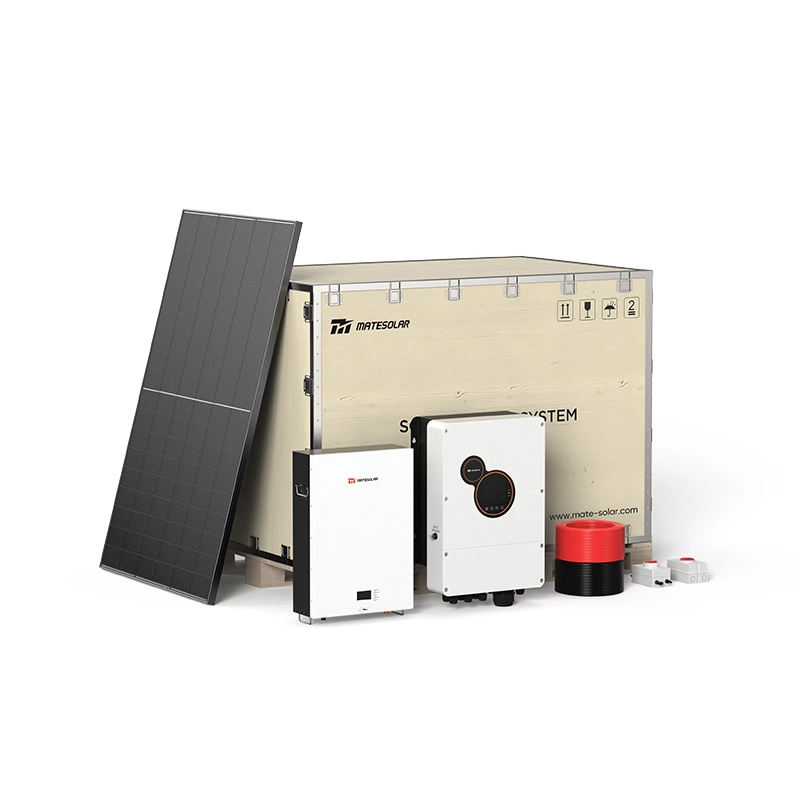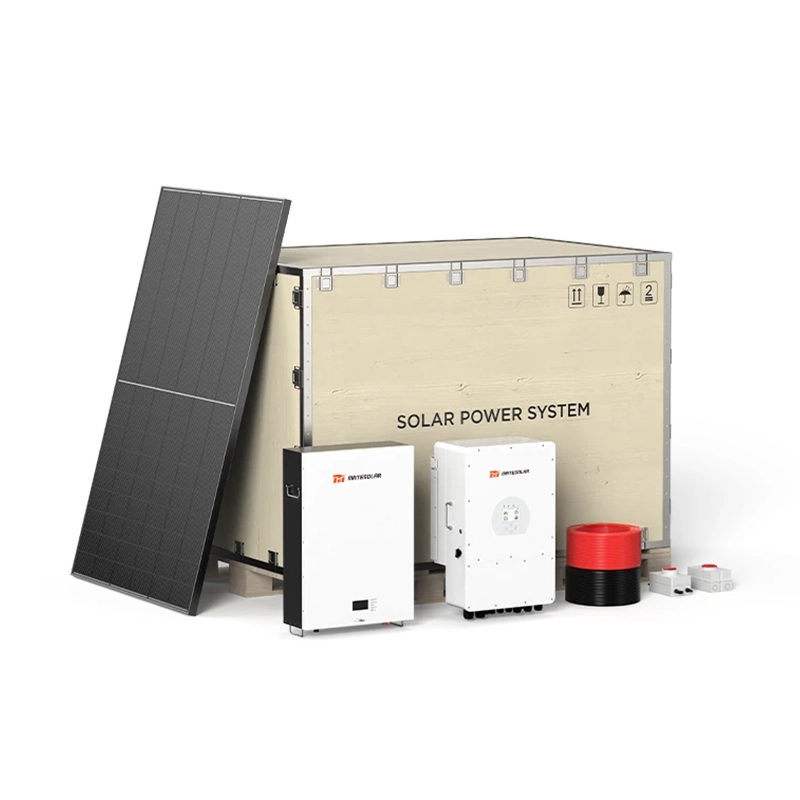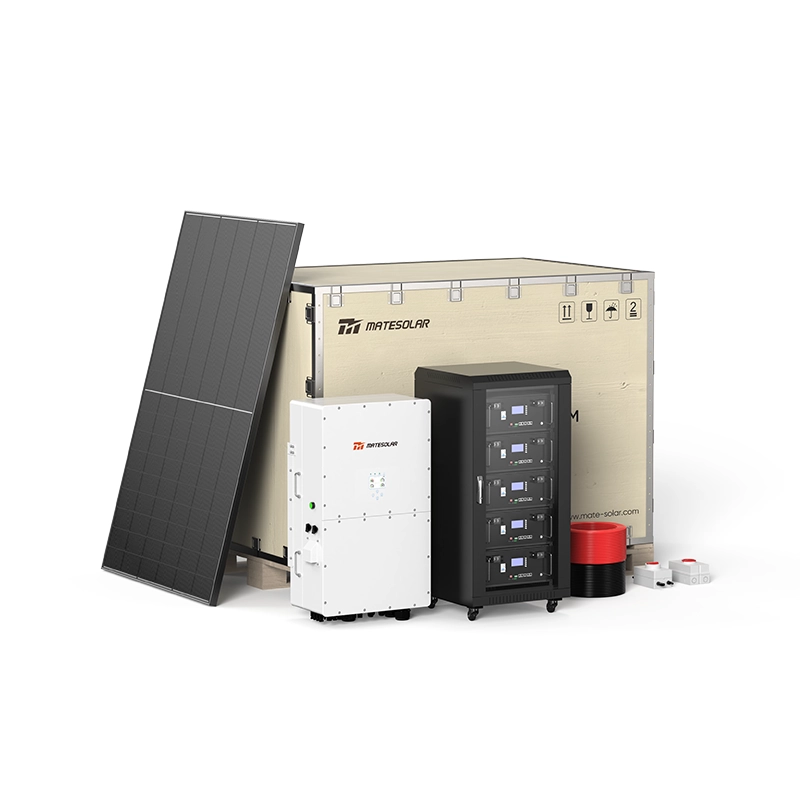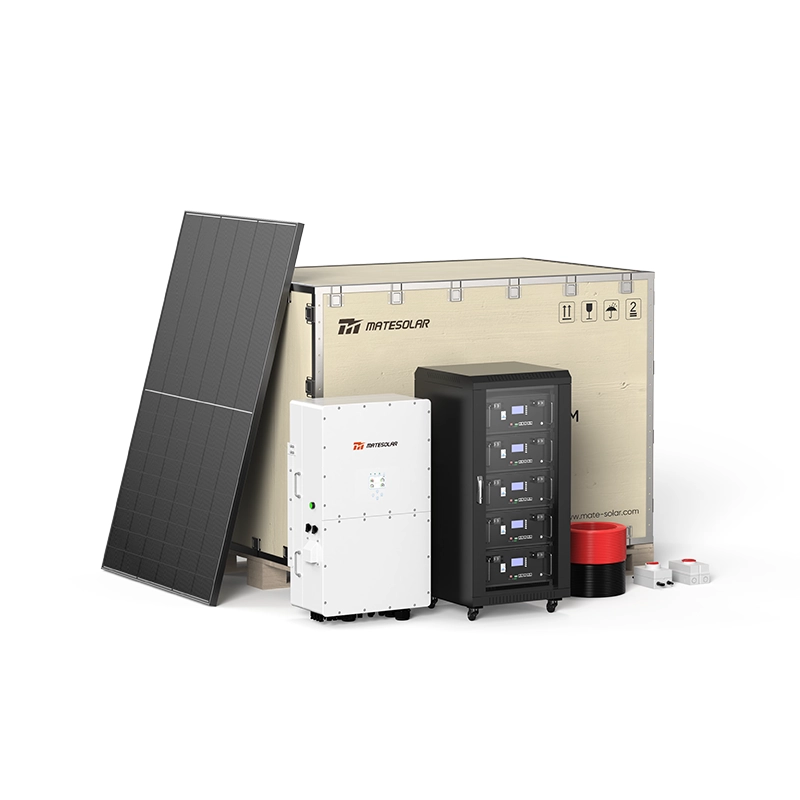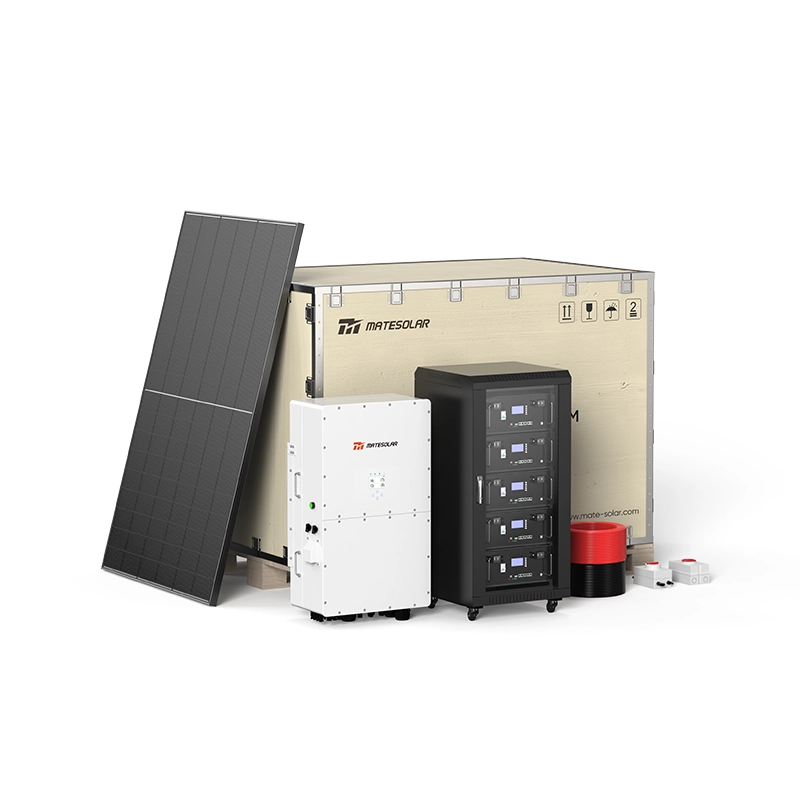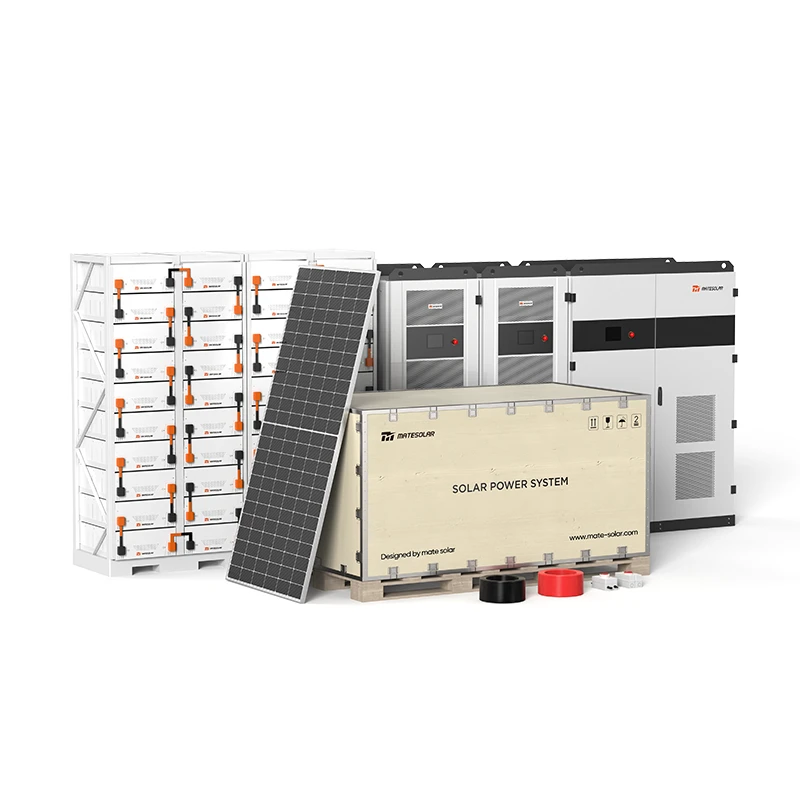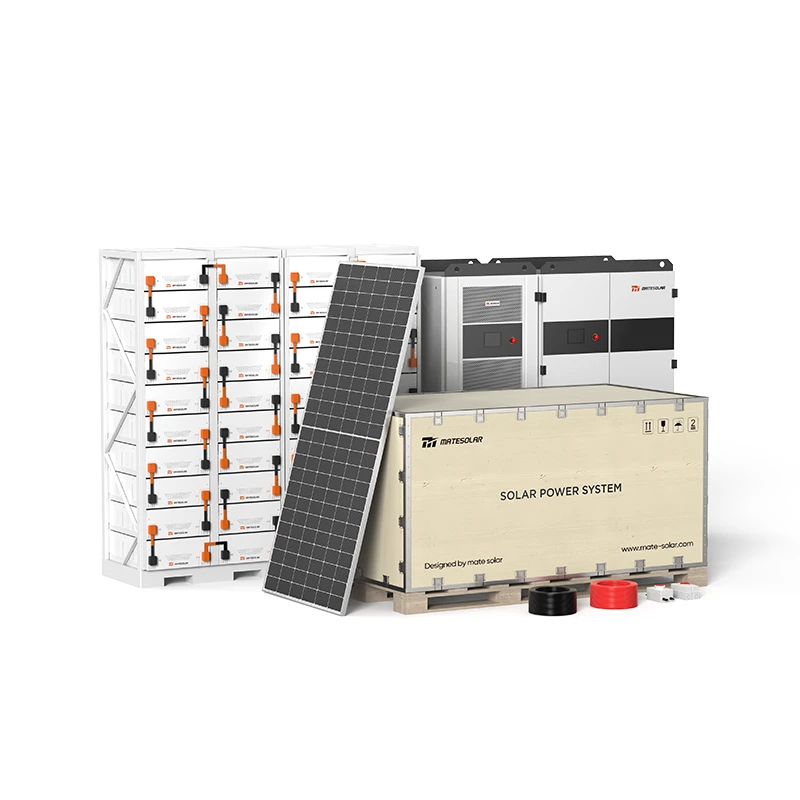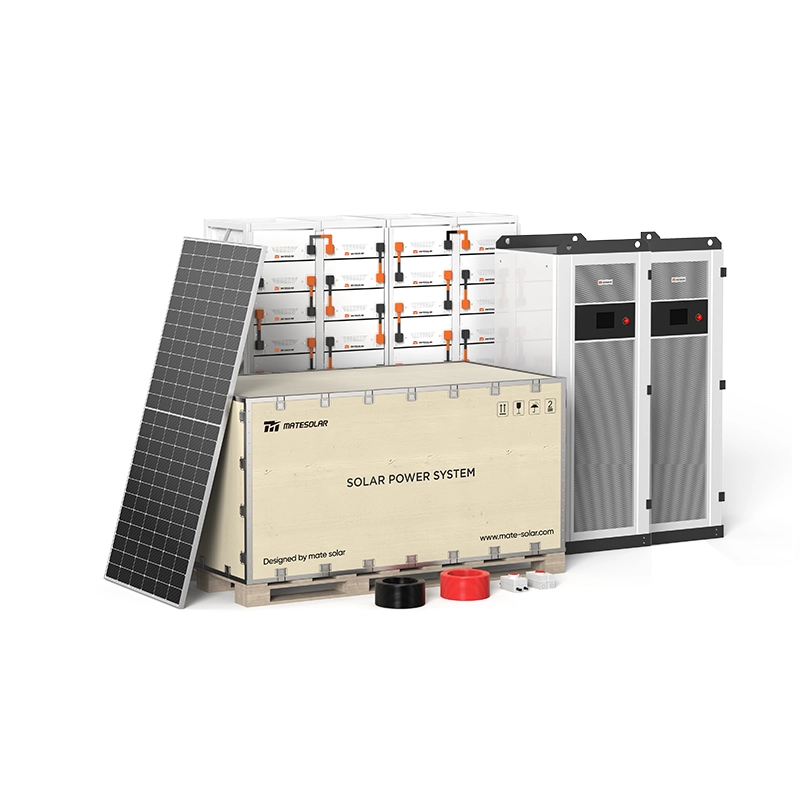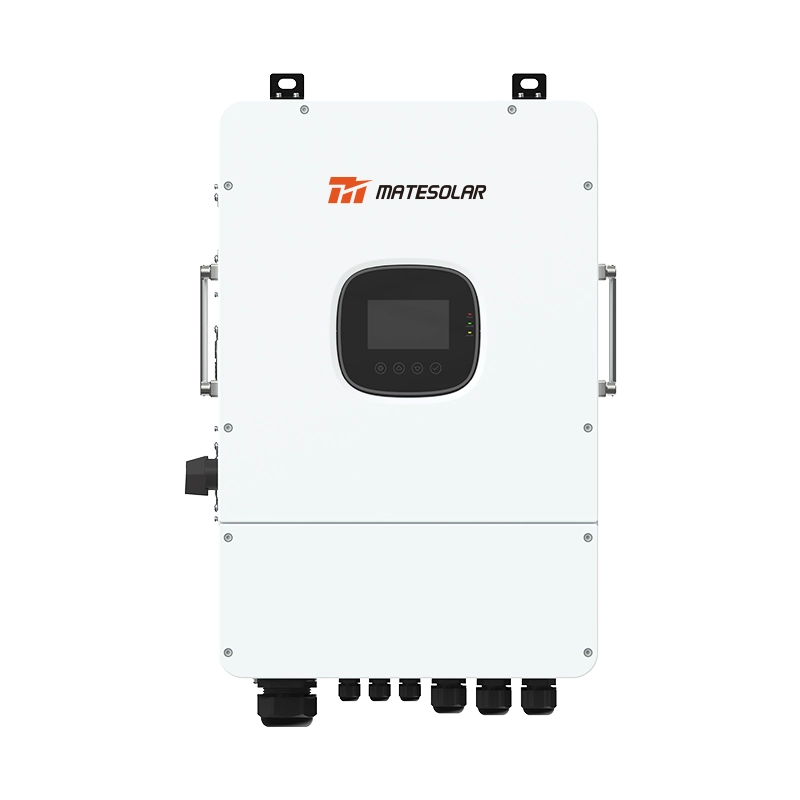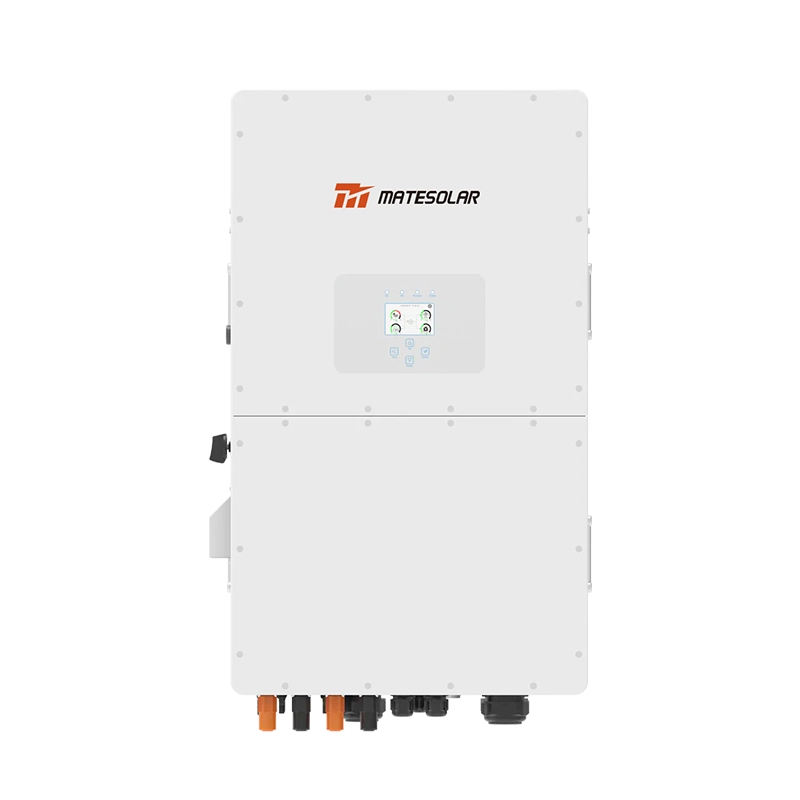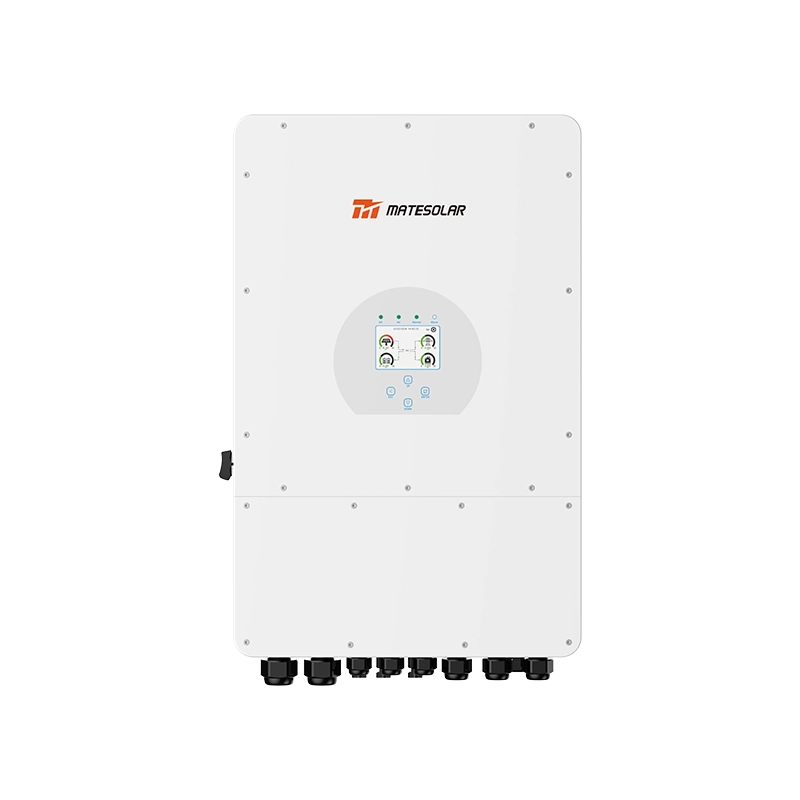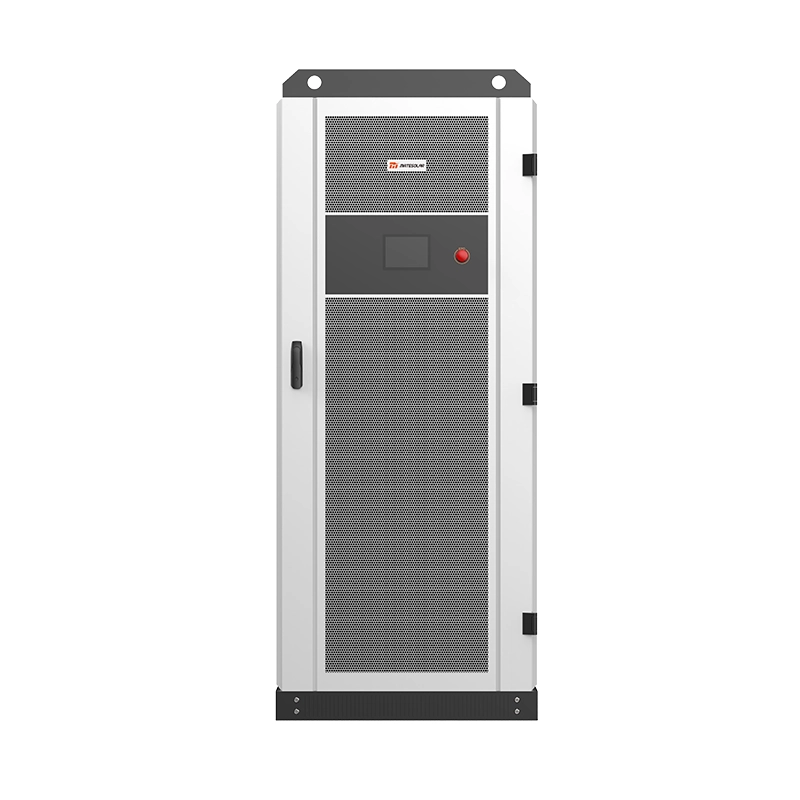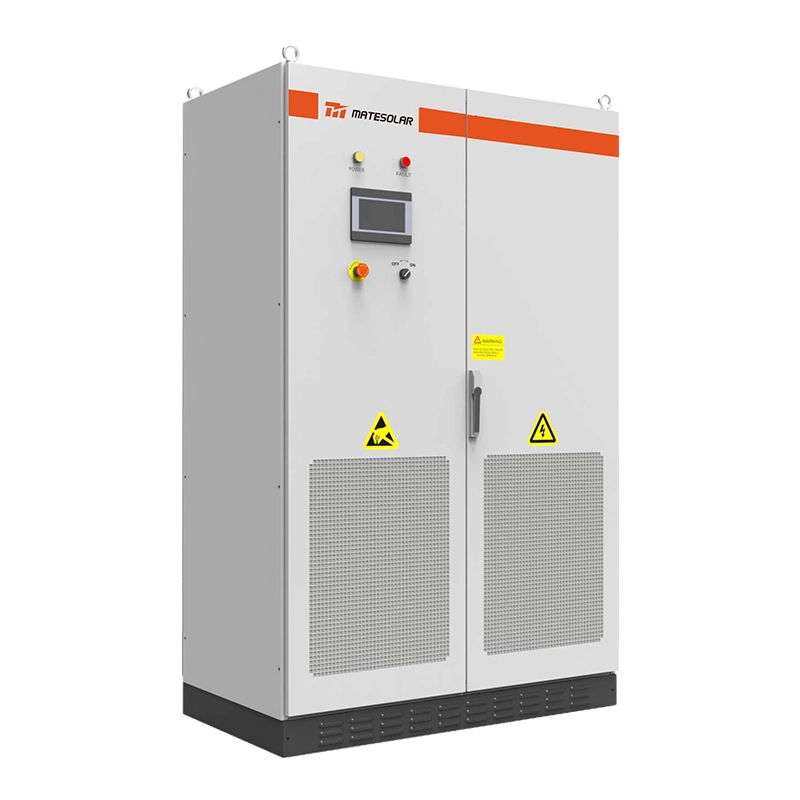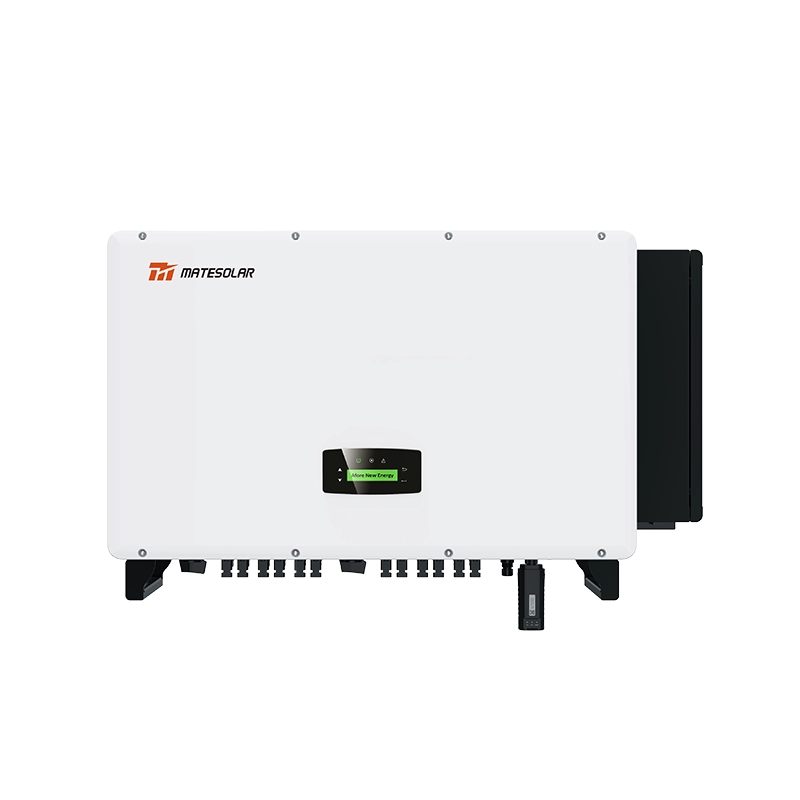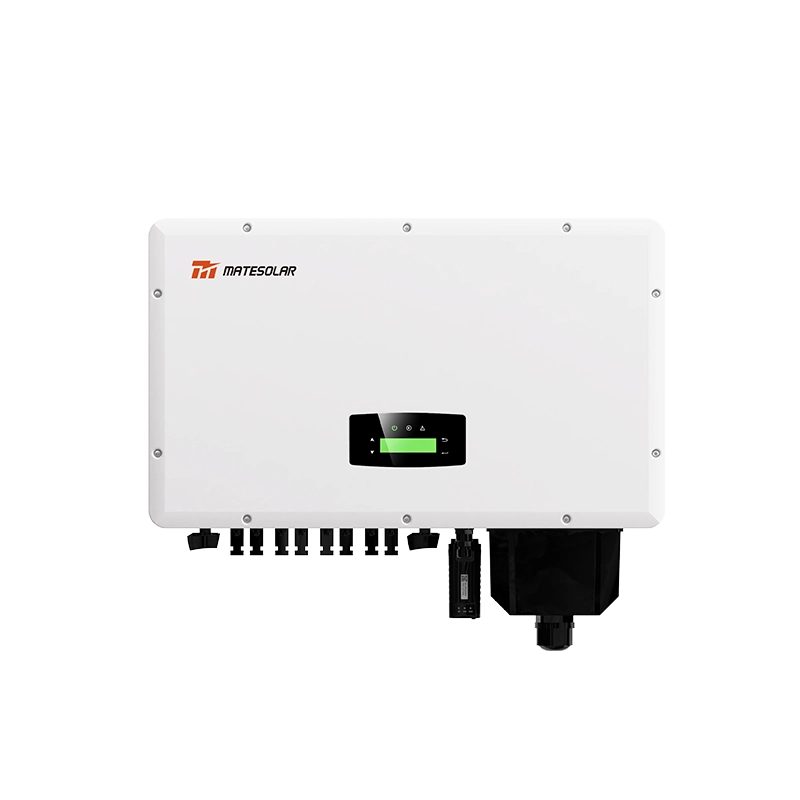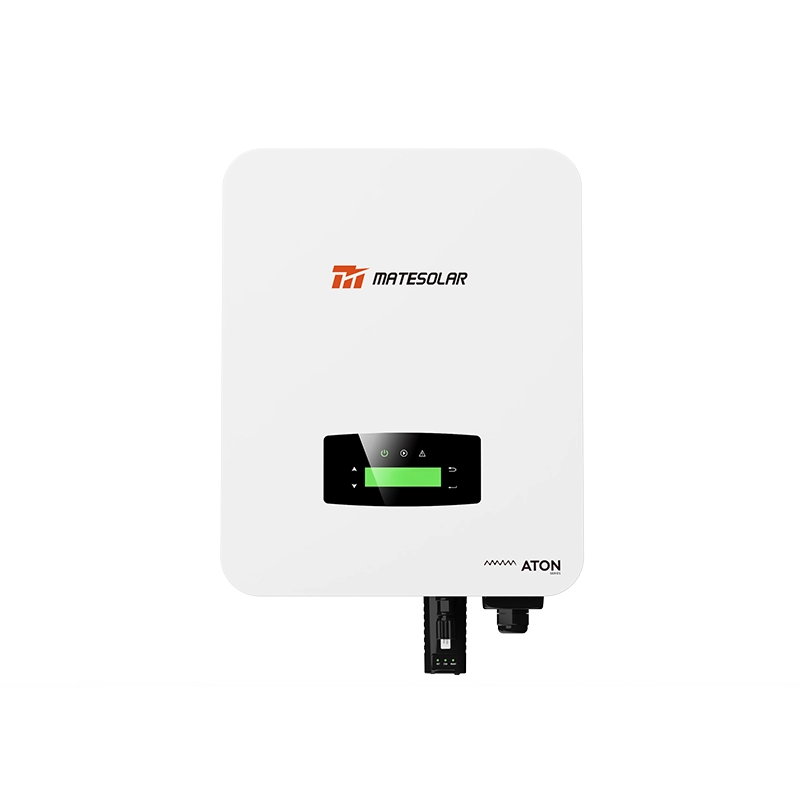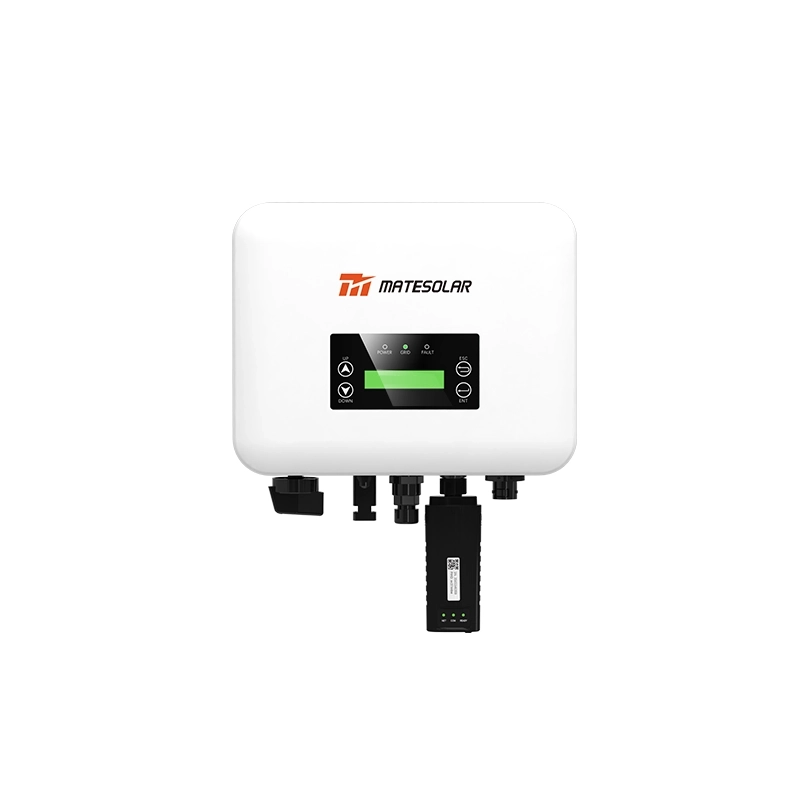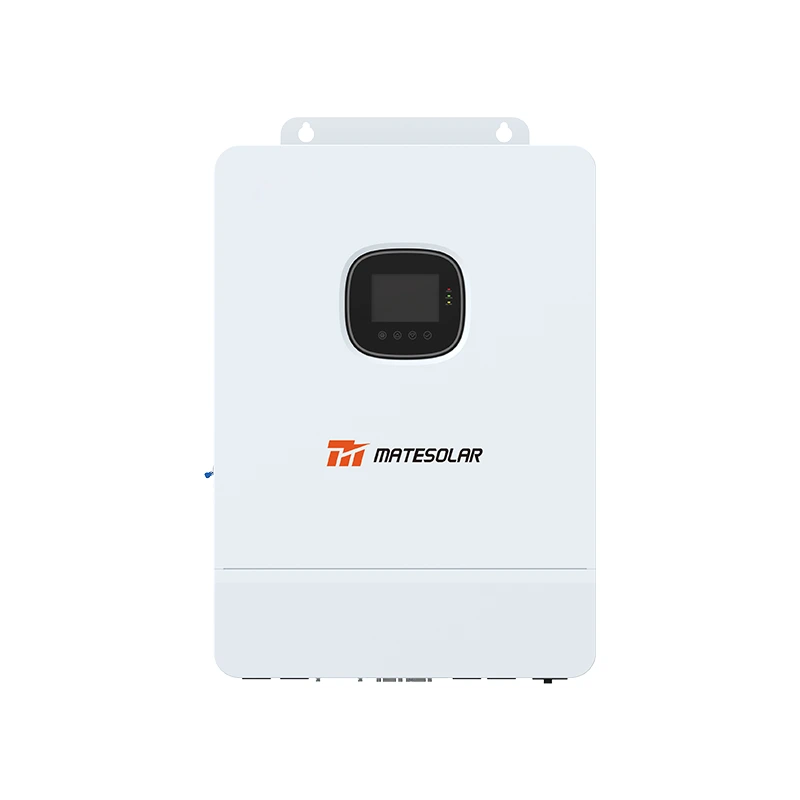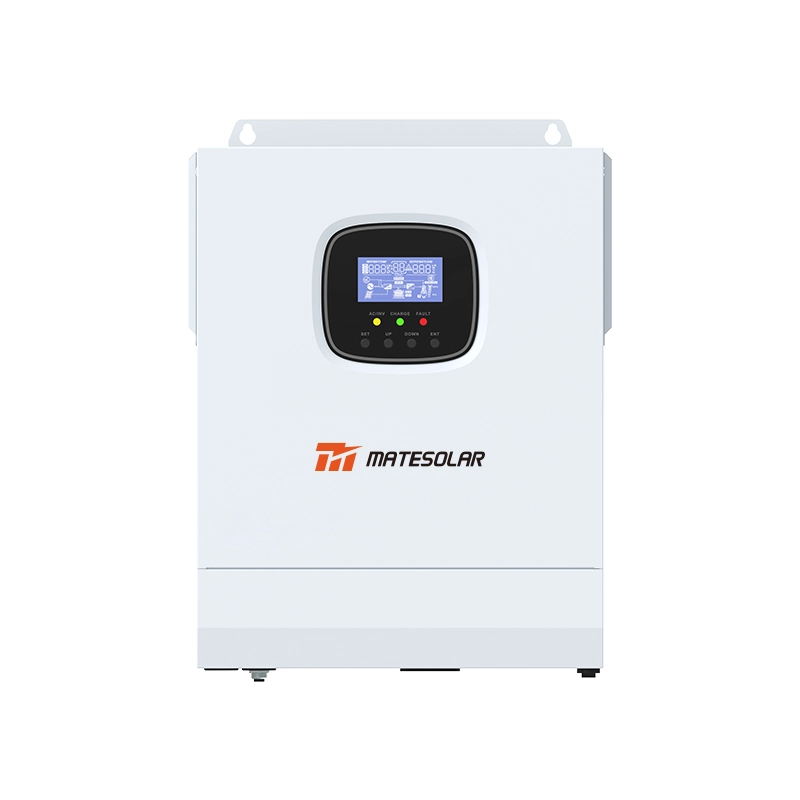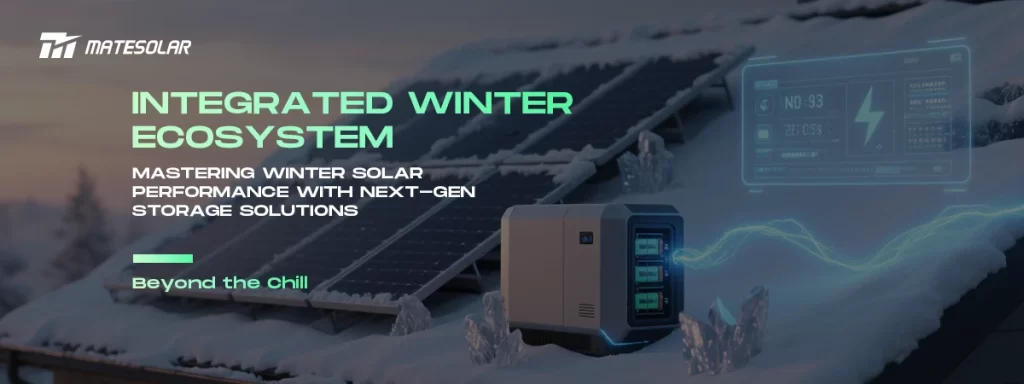
مع حلول جبهات العواصف الشتوية في جميع أنحاء أمريكا الشمالية وأوروبا، يواجه ملايين المنازل التي تعمل بالطاقة الشمسية أزمة غير مرئية: انخفاض عائدات الطاقة، وبطء استجابة التخزين، والتبعية غير المتوقعة للشبكة. بينما يقوم المستهلكون بتركيب أنظمة الطاقة الشمسية الكهروضوئية على الأسطح وهم يحلمون بالاستقلالية في مجال الطاقة على مدار العام، إلا أن القليل منهم يتوقعون المقدار الحقيقي من تأثير فصل الشتاء - أو الحلول المتطورة التي تعيد الآن كتابة القواعد.
عقوبة الشتاء: البيانات تكشف الفجوة
لا تقتصر المصفوفات الشمسية على إبطاء في الشتاء؛ فهي تعمل في ظروف معادية في الأساس:
1. الانهيار الإشعاعي: في مناطق مثل ألمانيا أو كندا، ينخفض التشميس اليومي 70-80% عن الذروة الصيفية.
2. تذبذب الجهد: تنخفض سعة تفريغ بطاريات الليثيوم بنحو 301 تيرابايت 3 تيرابايت عند درجة حرارة -10 درجات مئوية مقابل 25 درجة مئوية.
3. أعطال الثلج والزوايا: زوايا الشمس المنخفضة في فصل الشتاء + الغطاء الثلجي يمكن أن يخفض الإنتاج إلى ما يقرب من الصفر لأسابيع.
وغالبًا ما تقدم مولدات الطاقة الشمسية التقليدية 20-401 تيرابايت 3 تيرابايت فقط من إنتاجها المقدر خلال أشهر الشتاء القارس - وهي حقيقة نادرًا ما يتم الكشف عنها في أوراق المواصفات في الطقس المعتدل.
اختراقات تعيد كتابة قواعد اللعبة الشتوية
1. البطاريات ذات درجات الحرارة المنخفضة للغاية: تطور الكيمياء
تدمج أنظمة التخزين الرائدة الآن إلكتروليتات مطعمة بالكربون النانوي وبنى ذاتية التسخين. تعمل أحدث وحدات G2 من جينكو ESS ذات النطاق الشبكي G2 بشكل لا تشوبه شائبة من -5 درجة مئوية إلى 40 درجة مئوية، مع الحفاظ على انتظام الخلية ± 2.5 درجة مئوية عن طريق التبريد السائل التنبؤي8. وتحقق نظائرها السكنية (مثل سلسلة MG من Sungrow) مآثر مماثلة مع تشغيل صامت يبلغ 35 ديسيبل - وهو أمر بالغ الأهمية للتركيبات الشتوية الداخلية.
2. التعافي من PID ZERO®: محاربة القاتل الصامت
التدهور المستحث المحتمل (PID)، التي تتسارع بسبب الرطوبة الباردة، يمكن أن تسرق بشكل دائم 15%+ من إنتاج اللوحة. تقوم تقنية ®PID ZERO المتطورة من Sungrow بإجراء إصلاحات متصلة بالشبكة في الوقت الفعلي - دون الحاجة إلى إيقاف التشغيل - مما يحافظ على سلامة الوحدة لمدة 25 عامًا من العمر الافتراضي.
3. خلايا توبكون: فجر الخلايا الكهروضوئية الموفرة للطاقة في فصل الشتاء
تعمل شركتا Tindo Solar الأسترالية وUNSW الأسترالية على تسويق خلايا TOPCon (خلايا تلامس نفقية الأكسيد المخمّدة)، حيث تقوم بتحويل 27% من الضوء إلى طاقة - مقابل 25% لخلايا PERC القياسية. والأهم من ذلك أنها تحتفظ بأكثر من 901 تيرابايت 3 تيرابايت من هذا الكسب في ظل ضوء الشتاء الضعيف وإجهاد الأشعة فوق البنفسجية.
الجدول: مقارنة أداء التقنيات الرائدة في فصل الشتاء
| التكنولوجيا | التكنولوجيا التقليدية | 2025 الحلول المتقدمة | مكاسب الشتاء |
| كفاءة اللوحة | ≤22% (perc) | 27% (TOPCon) | +12% ضوء ضعيف +12% |
| نطاق تشغيل البطارية | 0 درجة مئوية إلى 45 درجة مئوية | -25 درجة مئوية إلى 60 درجة مئوية | لا حاجة للسخان |
| وقت تعطل الشبكة | 100 مللي ثانية - 2 ثانية | ≤4 مللي ثانية (سلسلة سونجرو إم جي) | وميض صفري |
| مرونة الثلج/الجليد | المقاصة اليدوية | تحسين الميل المدعوم بالذكاء الاصطناعي | 30% تراكم أقل |
التهجين اندفاع الرياح في الشتاء
مع تعثر الطاقة الشمسية، يظهر التكامل. تولّد توربينات LIAM F1 UWT السكنية (قطرها 1.5 متر، <45 ديسيبل) ما بين 300 و2500 كيلوواط/ساعة سنوياً، أي عندما يكون أداء الطاقة الكهروضوئية ضعيفاً. تُظهر التجارب الهولندية أن التوربينات الهجينة التي تعمل بالرياح/الطاقة الشمسية تقلل الاعتماد على الشبكة في فصل الشتاء بمقدار 401 تيرابايت 3 تيرابايت.
أسئلة وأجوبة: تكنولوجيا الشتاء غير معبأة
سؤال: لماذا تعيق درجات الحرارة التي تقل عن 0 درجة مئوية حتى البطاريات "الصالحة لجميع الأحوال الجوية"؟
ج: ترتفع لزوجة الإلكتروليت، وترتفع مخاطر طلاء الليثيوم، وترتفع المقاومة الداخلية. تحافظ حلول مثل التسخين النشط PCM من MateSolar على حركية الكهروكيميائية دون استنزاف الطاقة المخزنة.
س: هل يمكن استرداد الألواح المغطاة بالثلوج دون تنظيف يدوي؟
ج: نعم. يعمل تحسين الإمالة بالتعلّم الآلي لدينا على إزاحة أحمال الثلوج، بينما يعمل ذوبان الجليد بالتيار العكسي على إزالة الجليد في غضون 15-30 دقيقة.
س: هل الرياح الشتوية قابلة للتطبيق حقًا في الضواحي؟
A. تعمل التوربينات مثل LIAM F1 بعامل قدرة 15-30% في هبوب الرياح الشتوية. وبالاقتران مع الطاقة الشمسية، فإنها تسوي الفجوات الموسمية.
الطريق إلى الأمام
لم يعد الشتاء يعني الاستسلام. فمع التخزين فائق المرونة، وإلكترونيات الطاقة المتكيفة مع المناخ، وتوليد الطاقة الهجينة، يمكن تحقيق الاستقلالية في مجال الطاقة - حتى في ظلام ديسمبر.
نحن في MateSolar، ندمج هذه الابتكارات في أنظمة تدفئة ذاتية سلسة. لأنه لا ينبغي أن يكون الشتاء هو أفضل ما يخفيه نظامك - بل يجب أن يكون أرض اختباره.





